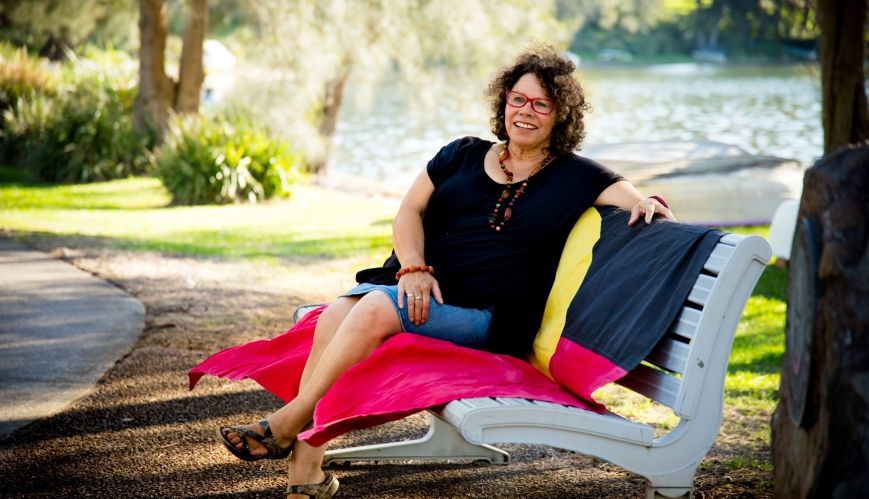What we have gained

What we have gained
26 January 2022
Sue Hodges, an Aboriginal and Torres Strait Islander engagement coordinator for the Salvos in NSW and ACT, reflects on what 26 January means to her. Photo:Cazeil Creative
Did you know that Australia Day – known by Aboriginal and Torres Strait Islander peoples as ‘Invasion Day’ or ‘Survival Day’ – was first celebrated on 26 January in 1935? However, it was not until 1994 that all states and territories celebrated this day as a public holiday.
Just two years earlier, in 1992, a momentous event took place – Eddie Koike Mabo challenged the Queensland Government in the High Court and won, proving for the first time in Australia’s history that our Aboriginal and Torres Strait Islander peoples had rights to land, and overturning the myth of ‘terra nullius’ [land that is legally deemed to be unoccupied or uninhabited].
In 1935, William Cooper, referred to as a Yorta Yorta man and a Christian, drafted a petition to King George V, asking for special electorates in Federal Parliament to be awarded to our First Nations peoples. The government felt that the petition fell outside its constitutional responsibilities and rejected the proposal. This petition was drafted when there were massacres, our peoples were herded onto missions and reserves as a form of ‘Aboriginal Protection’, had their children ripped out of their mothers’ arms and were stripped of all human rights and dignity.
Along with William Cooper, many of our people, including those from the Aboriginal Progressive Association in 1924, and the Australian Aboriginal League in 1932, fought to raise the status and treatment of First Nations peoples. Many non-Indigenous folk joined them.
I was 31 when I attended my first celebration at Speers Point Park on Lake Macquarie in NSW. I was blinded by the red, blue, and white and clearly no evidence of my people or anyone I knew. I felt a deep sense of loneliness.
The park was busy, overcrowded, the smell of a barbecue filled the air. Tree saplings were being given away, with a plastic Australian flag. The noisy town crier was dressed in a colonial outfit like the one James Cook wore in the 1700s. My heart broke.
I wrote a poem about my experience and posted it to then mayor John Kilpatrick. He responded, thanked me for raising these issues with him, and assured me that he’d fly the Aboriginal flag in the future and look for an Aboriginal artist (both of which he did the following year).
After attending my first ‘Survival Day’ concert in Sydney in 1992, I realised just how denigrating the whole non-Indigenous approach to Australia Day was. I asked myself why I felt like this. Why was I so affected when I didn’t live through the darkest history of this country? I guess it is in my DNA.
A Day of Mourning. Yes, let’s get dressed in black and wear a hat with black netting over our faces to cover the tears. Let’s be still, invite community, give a speech about the treatment of my people and mourn our loss of identity, language, family, their loss of babies, their loss of freedom, their loss of dignity, their huge loss of ...
I weep for those who have gone, my family, my people. They never got to see what we have gained today.